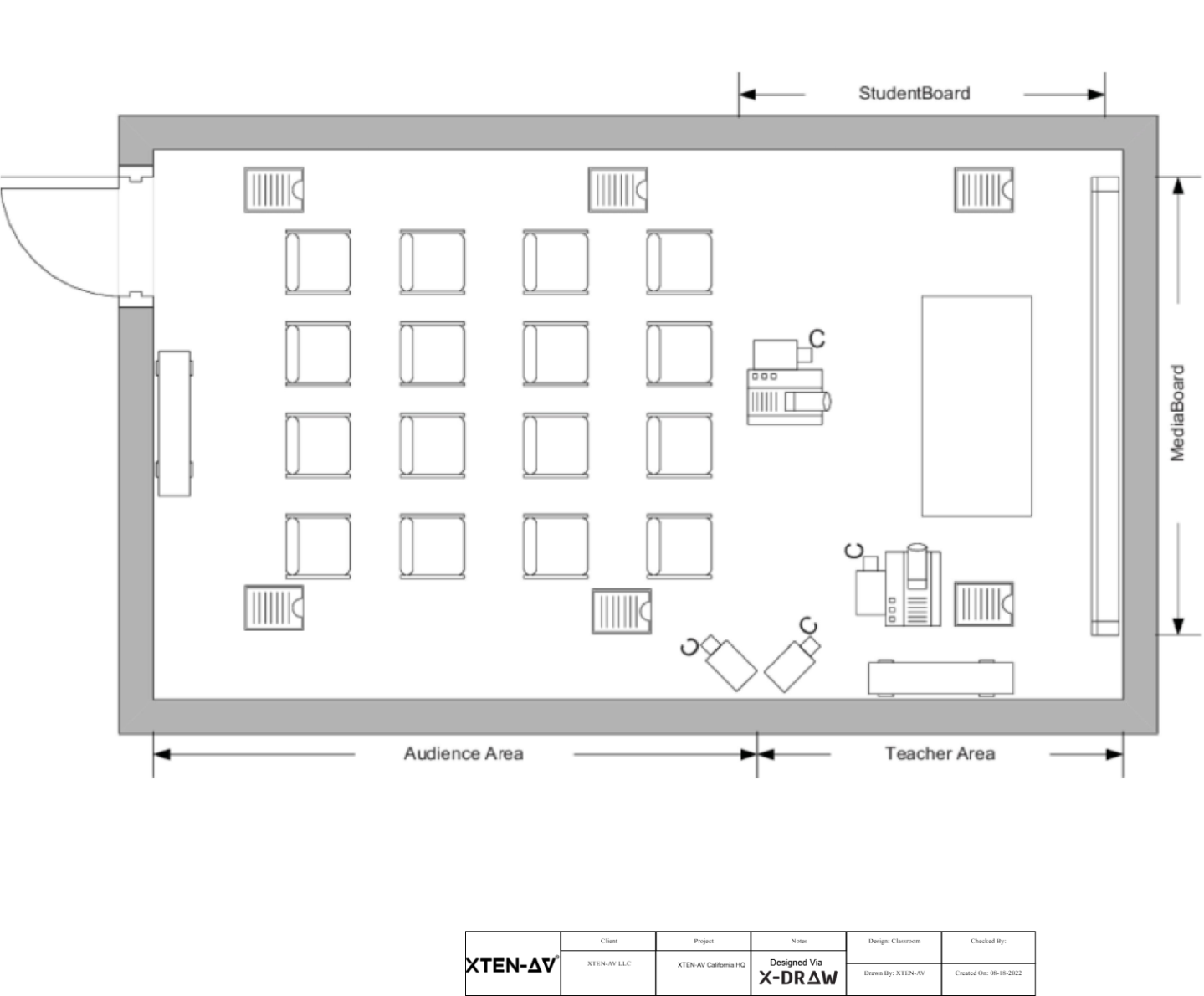Moving from concept to final product in electronics development involves several critical steps. One of the most important is creating a functional prototype. A prototype helps confirm that the design works as intended before entering large-scale production. To build a reliable prototype, every detail must be accurate. This is where the role of an experienced electronic assembly manufacturer becomes essential. From part placement to solder quality, precision in the assembly process can determine the success or failure of electronic prototyping.
What Is Electronic Prototyping?
Electronic prototyping is the process of turning a design into a working circuit. It helps engineers test functionality, evaluate performance, and identify potential issues. A prototype allows teams to confirm that their design can be built and will work reliably under real-world conditions.
Prototypes are used for:
- Functional testing
- Design verification
- User interface evaluation
- Investor and stakeholder presentations
This phase helps developers avoid design flaws and unnecessary costs before mass production begins.
The Role Of An Electronic Assembly Manufacturer
A professional electronic assembly manufacturer has the tools, processes, and expertise to turn circuit designs into high-quality prototypes. Their role includes:
- Component sourcing: Finding compatible parts that match the design.
- Precision placement: Ensure components are placed accurately on the board.
- Soldering and reflow: Creating solid electrical connections without overheating components.
- Inspection and testing: Checking for shorts, misalignments, or assembly errors.
Each step must be carried out with tight tolerances. Even a small mistake, like misplacing a resistor or using the wrong capacitor value, can cause the entire prototype to fail.
Why Accuracy In Assembly Matters
Prototypes are built to test new ideas. If the assembly is inaccurate, the test results become unreliable. That leads to wasted time, misdiagnosed problems, and expensive revisions.
Common problems from poor assembly include:
- Unstable connections: Poor soldering can lead to intermittent faults.
- Component misplacement: A single misplaced chip can stop the circuit from working.
- Thermal damage: Improper heat levels during soldering may harm sensitive components.
High accuracy in the assembly process helps avoid these issues. It ensures that the prototype represents the actual design, not a flawed version of it.
Benefits Of Partnering With Professionals
Working with an experienced electronic assembly manufacturing company gives development teams several advantages:
- Reduced turnaround times: Faster assembly with fewer errors.
- Access to specialized equipment: High-resolution pick-and-place machines, reflow ovens, and inspection tools.
- Engineering support: Help interpret design files, select alternate components, or optimize layouts.
These benefits make it easier for companies to move through the prototyping phase smoothly and efficiently.
Challenges In Electronic Prototyping
Even with a strong design, prototyping brings challenges:
- Limited component availability: Global supply chain issues may affect sourcing.
- Design-for-manufacturing (DFM) gaps: Some designs are challenging to build.
- Complex builds: Boards with tight spacing or unusual form factors require advanced skills.
A qualified electronic assembly manufacturer can navigate these issues. They often suggest layout adjustments or alternative components that maintain functionality while simplifying the build.
Inspection And Testing Procedures
To make sure that each prototype meets expectations, manufacturers perform several types of checks:
- Automated Optical Inspection (AOI): Detects misalignments, missing parts, and solder defects.
- X-ray inspection: Looks inside multi-layer boards to verify hidden joints.
- Electrical testing: Confirms signal integrity, power distribution, and connectivity.
Testing allows any problems to be caught and corrected before the prototype moves to the next stage.
Building Toward Full Production
A well-assembled prototype provides proof of concept and it sets the stage for future production. Accurate electronic prototyping means fewer redesigns and smoother transitions to manufacturing.
This phase is also the best time to:
- Identify parts that may be difficult to source at scale.
- Optimize board layouts for automated assembly.
- Plan test procedures for mass production.
Each successful prototype helps build confidence in the final product.
Key Takeaways
- Electronic prototyping allows teams to test and refine product designs.
- Assembly precision is essential to make prototypes reliable and informative.
- An experienced electronic assembly manufacturer brings the tools and knowledge needed for complex builds.
- Inspection and testing during this phase prevent larger problems later.
- A solid prototype process supports faster, safer, and more cost-effective product development.
In fast-paced industries, being able to build and test working prototypes quickly gives companies a competitive edge. With the right assembly partner, innovation becomes more practical, predictable, and successful.ㅤ ㅤ ㅤ ㅤ ㅤ ㅤ ㅤ ㅤ ㅤ ㅤ ㅤ ㅤ ㅤ ㅤ ㅤ ㅤ ㅤ ㅤ ㅤ ㅤ ㅤ ㅤ ㅤ ㅤ ㅤ ㅤ ㅤ ㅤ ㅤ ㅤ ㅤ ㅤ ㅤ ㅤ ㅤ ㅤ ㅤ ㅤ ㅤ ㅤ ㅤ ㅤ ㅤ ㅤ ㅤ ㅤ ㅤ ㅤ ㅤ ㅤ ㅤ ㅤ ㅤ ㅤ ㅤ ㅤ ㅤ ㅤ ㅤ ㅤ ㅤ ㅤ ㅤ ㅤ













Leave a Reply